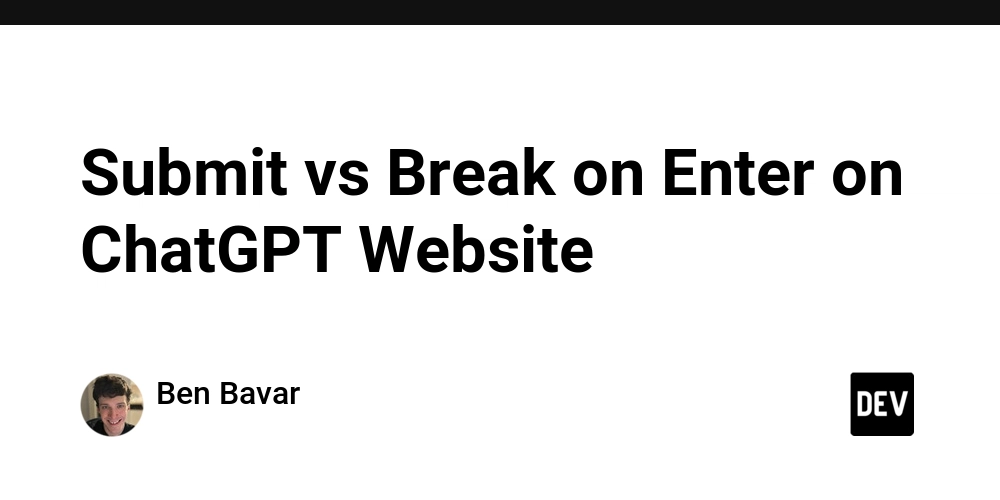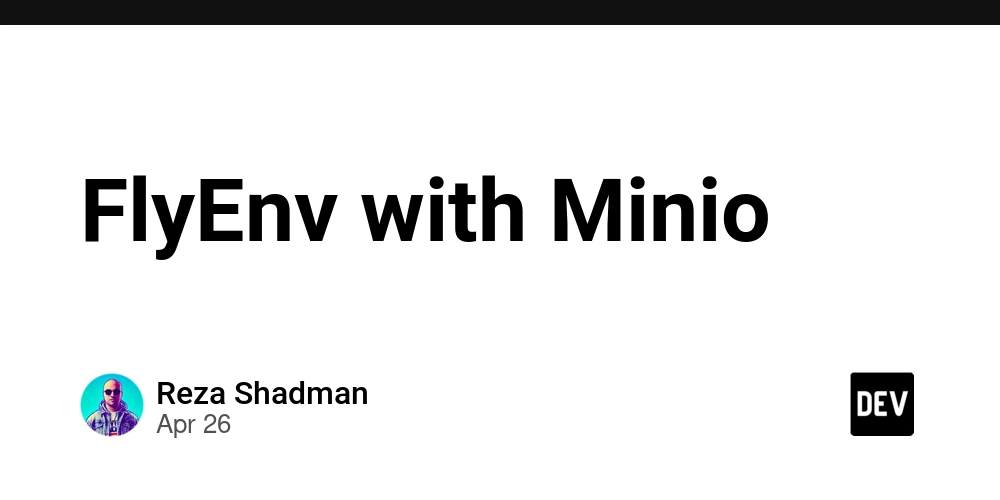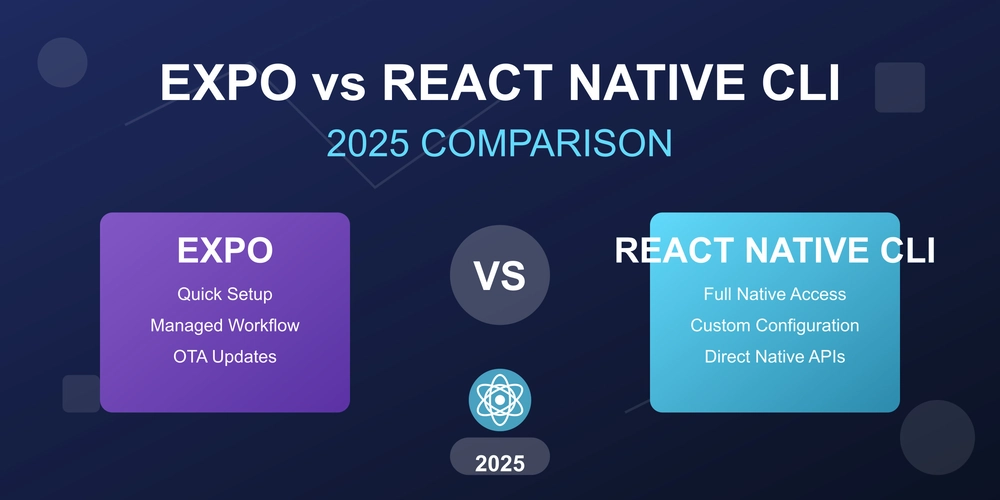
RHEL 9 Stuck at "Starting GNOME Display Manager (GDM)? Here's How to Fix It
Is your RHEL 9 system hanging at the "Starting GNOME Display Manager (GDM)" screen? Don't panic! This guide provides a step-by-step approach to diagnose and resolve this common issue, getting you back to work quickly. We'll explore the causes and solutions in plain language.
What is GNOME Display Manager (GDM) and Why Does It Matter?
The GNOME Display Manager (GDM) is the login screen you see when your RHEL 9 system boots up. Think of it as the gatekeeper to your desktop environment. It handles:
- User Authentication: Securely verifies your credentials.
- Session Management: Starts and manages your GNOME session.
- User-Friendly Interface: Provides a graphical login screen for ease of use.
When GDM gets stuck during boot, you can't access your desktop, hence the frustration.
Why is My RHEL 9 System Freezing at GDM? Common Causes
A frozen GDM screen typically points to underlying issues. Here are the usual suspects:
- Package Conflicts/Incomplete Updates: A botched
dnf updatecan leave your system in a broken state. - Graphics Driver Problems: Incompatible or outdated drivers can cause GDM to fail.
- Misconfigured System Services: Essential services may not be starting correctly.
Troubleshooting Guide: Unfreezing Your RHEL 9 System
Follow these actionable steps to get your system running again.
1. Access a TTY Console: Your Emergency Exit
When GDM hangs, your graphical interface is unresponsive. Use a TTY console to access a command-line environment:
- Press
Ctrl + Alt + F2(orF3,F4– try them all). - Log in with your username and password.
2. Restart the GDM Service: The Quick Fix
Sometimes, a simple restart is all it takes. In the TTY console, enter:
If you're lucky, this will resolve the issue and bring you to the login screen.
3. Examine GDM Logs: Uncover Hidden Errors
If restarting GDM doesn't work, dive into the logs. This command displays GDM-related logs:
Carefully examine the output for any error messages or warnings. These clues can point to the root cause.
4. Reset GNOME Settings: Default is Your Friend
Corrupted GNOME settings can interfere with GDM. To reset them:
After the reset, restart GDM:
5. Boot into Multi-User Mode: Advanced Troubleshooting
For deeper diagnostics, boot into multi-user mode (command-line only):
- Reboot your system.
- During boot, press
EscorShiftto access the GRUB menu. - Edit the boot entry by pressing
e. - Add
systemd.unit=multi-user.targetto the end of thelinuxline. - Press
Ctrl + Xto boot.
This will bring you to a command-line interface, allowing you to troubleshoot without the graphical environment.
Solving the "Unsupported Session Type" Error
Encountering a "Window Manager Warning: Unsupported session type" error? This means your graphical session isn't starting correctly.
- Check your session type:
- If it shows
ttyinstead ofx11orwayland, start GNOME manually by entering:
- Set the system to boot into graphical mode by default:
Reboot.
Conclusion: Get Back to Work on RHEL 9
By following these troubleshooting steps, you should be able to resolve the "Starting GNOME Display Manager (GDM)" issue in RHEL 9 and regain access to your system. Remember to examine system logs, verify configuration settings, and keep your graphics drivers updated for a smooth experience. This keeps your workstation healthy and performing optimally.







